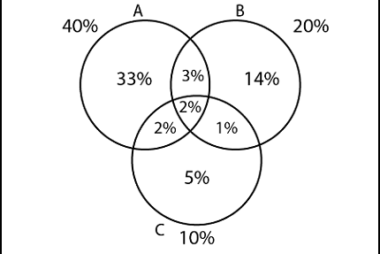Examples (excluding structures)
Certainly, here are some examples of chemistry in everyday life without mentioning chemical structures: What is Chemistry in Everyday Life Examples (excluding structures) Chemistry is an essential part of our daily lives, and it influences many of the products and processes we encounter every day. Here are some examples of chemistry in everyday life without…









